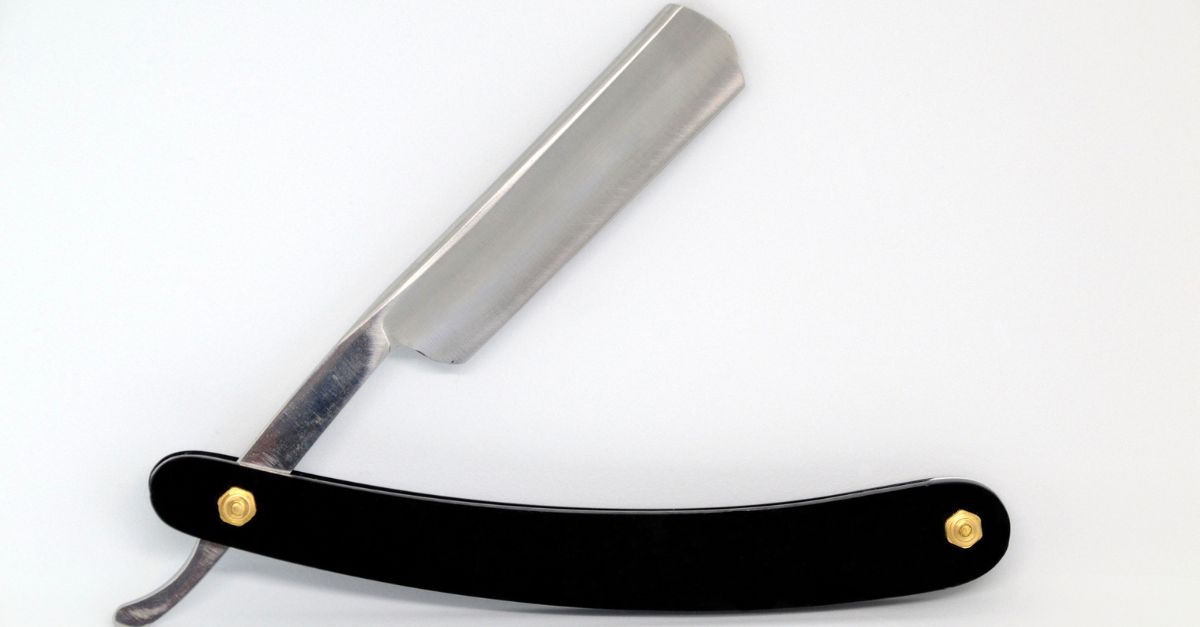
Shaving is a rite of passage for many young teens. It’s a transformational experience that often marks the beginning of a new phase of personal grooming and self-care. For teens, their mentors, and parents, this process is about more than just facial hair removal—it’s a first step in the journey of learning important self-maintenance skills. Below, we explore a brief guide on how to teach your teen to shave and elaborate on a few tools and techniques that can help.
Mastering the Basics of Shaving
Before teens even touch a razor, there are foundational concepts they need to grasp. A mentor’s role is to explain that shaving is more than a habit; it’s a ritual that demands attention. It’s best to discuss the variety of razors available and underscore the necessity of choosing their first straight razor with attention to quality and individual needs.
Understanding the purpose and science of shaving products is also essential to education. Shaving creams and gels are not interchangeable; instruct your teen on their differences and guide them toward choosing what will work best for their skin—and why.
Preparing for a Smooth Shave
The key to an effective and comfortable shave lies in its preparation. Teens must appreciate why it’s important to soften facial hair and open pores; this prevents irritation and makes the hair easier to cut. Teach them to wash their face with a gentle cleanser and to invest time into this prep. Explain that the slightest neglect in this routine can result in discomforts such as razor burns or bumps.
The Shaving Ritual Unveiled
The actual motion of shaving can appear straightforward, but it’s a dance between precision and technique. Emphasize the significance of holding the razor correctly and in a way that feels natural and provides control. Discuss the directional approach to shaving—with the grain—to prevent ingrown hairs and other issues.
Give a step-by-step guide on tackling different areas and offer confidence-building steps that lead to a seamless glide and a smoother result. Also, use post-shaving moisturizers and aftershave techniques to protect the newly shaven skin. This care investment ensures the skin remains healthy and enhances the overall experience.
Safety First in Shaving
Razors are tools, and with any tool, there are hazards to consider. Teens need to understand the potential risks—cuts, infections—and how attention to impact point, pressure, and cleanliness can mitigate these dangers. This section should be a parent- or mentor-led talk and set the safety standard to serve them throughout life.
Understanding and Preventing Common Shaving Issues
Every journey has its hurdles, but awareness and preparation can avert them. Encourage discussion about potential problems that may arise, such as nicks or ingrown hairs, and the preventative measures they can take. Empowering teens with this knowledge ensures they approach shaving with the respect it demands.
By following and internalizing this guide on how to teach your teen to shave, you are offering a learning experience that will stick with them for a lifetime. You equip them with the skills and understanding that self-care matters and attention to the smallest details can transform daily routines into meaningful rituals.

Sam Hopes is a 37-year-old mom of two living in Portland, Oregon. She works as a freelance graphic designer and part-time yoga instructor, juggling creative projects with playdates and PTA emails. Known for her warm personality and dry humor, Sam loves hiking in Forest Park, thrifting on Mississippi Avenue, and weekend visits to OMSI with her kids, Ella and Milo. She’s the kind of parent who forgets sunscreen but always remembers snacks—and a good laugh.
